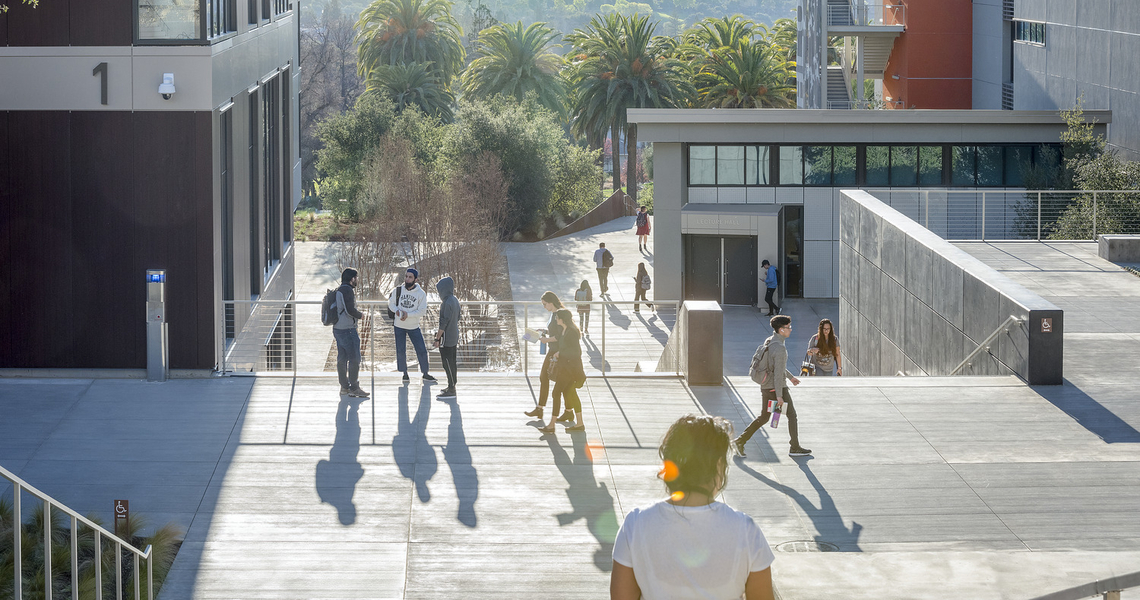While we hole up inside, businesses move outside.
The pandemic is forcing long-term changes on how we engage with built environments and space. Nine months into this pandemic, we’re already seeing that how we interact with existing and future urban spaces won’t return to the status quo. Today we’re seeing a rapid acceleration of changes in experiences that will last well beyond the pandemic:
- Restaurants are taking to the streets, displacing curbside parking with curbside seating. These alterations will cause cities and governments to rethink public spaces.
- Gyms and fitness activities have moved inside our homes, but also to mainstream public places. A wellness-focused community in open spaces will cause us to reconsider park and recreation programming in new ways.
- Theaters and the arts are moving from stages to outside lawn seating with big screens, which bring the ability for new audiences to the art of performance. Access for new and diverse audiences will bring new programming—with buildings as backdrops versus vessels.
While built environments are often rich tapestries created over time and designed to shape experiences for those that engage them, this pandemic will likely accelerate the creation of new engagement, which will rapidly transform the places we use in new and powerful ways . . . and that’s the silver lining we can walk away focusing on.

